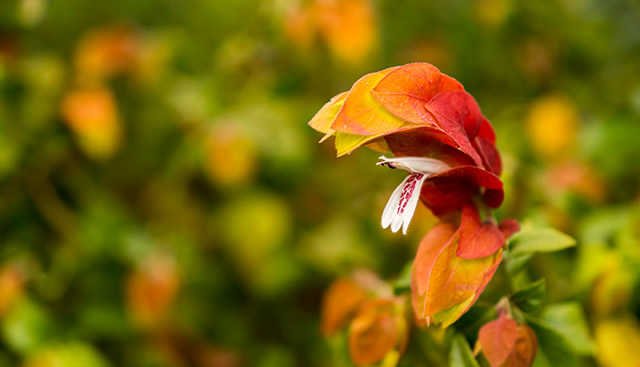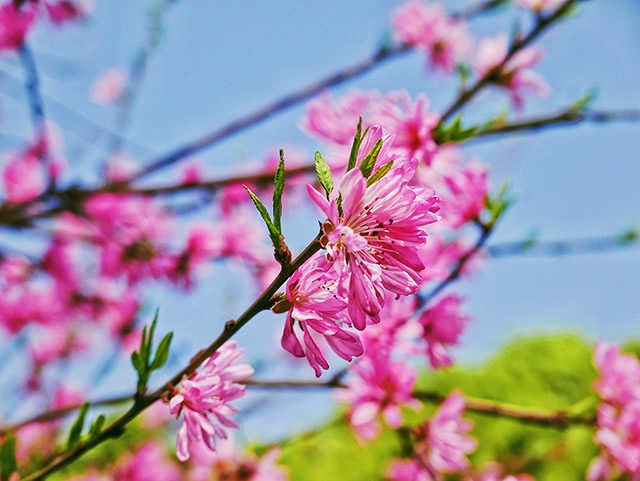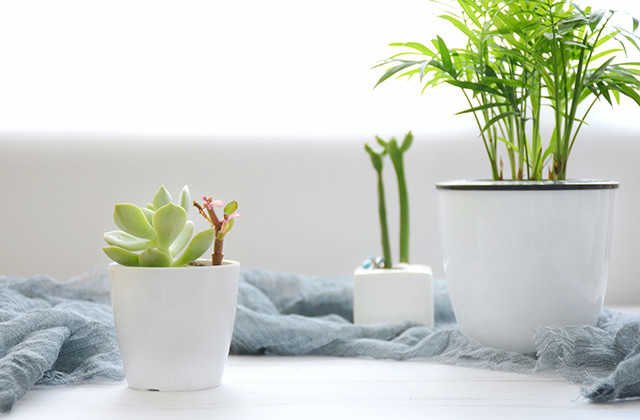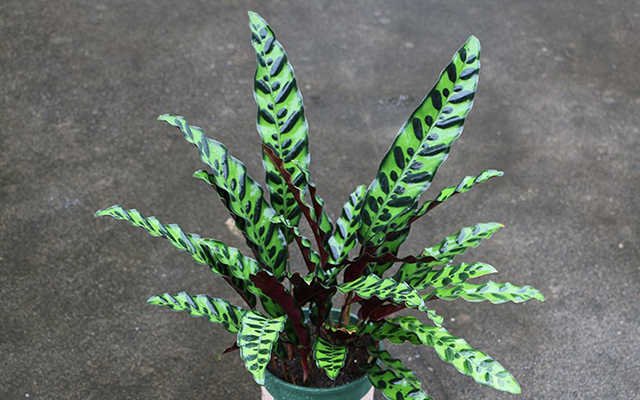How to breed the methods and precautions of shrimp flowers and flowers.
1. The breeding method of shrimp and flowers
1. Water fat maintenance
When breeding shrimp clothes, it must provide sufficient water and Fertilizer. Generally, watering once every 1 to 2 days to provide it with sufficient moist soil. In order to make it grow more vigorously, it must also grow 10 ~ 10 ~For 15 days, the thin liquid Fertilizer was applied for it, and leaf Fertilizer was applied once a week.
2. Suitable for light temperature
The warm shrimp and flowers that like warm and keep the environmental temperature it grows at 18-28 C, which can make it grow more vigorously. Do not put it for too long because of its shade resistance for too long, it will grow it will grow, and it will grow. It will grow. It will grow. It will grow.Bad, you need to accept sufficient light for about 5 to 6 hours.

3. Ventilation and frost
When breeding, we should also pay attention to maintaining the good ventilation of the growing environment of the shrimp coat, and avoid the stuffy environment to make it poorly grow.Do a good job of cold protection during frost, so as to avoid frostbite the shrimp and flowers at low temperature, stabilize the temperature above 10 C.
4. Pruning insect prevention
In the breeding methods and precautions of shrimp and flowers, it is necessary to top up and trim the branches for them in time, prompting it to germinate more branches that look more lush.It is also necessary to spray the pesticides of the diseased insects such as the killing red spiders and the garaphs on a regular basis so that it can grow healthily.
2. precautions for shrimp and flower breeding
1. Change the pot in early spring
Every year, the breeding shrimp and flowers are needed to change the pots for potting, and more choices in early spring.Take it out of the basin, trim the roots, and cut off its branches and leaves. Only 2/3 can be kept, and then re -planting and maintenance to make it better grow.
2. Cooling treatment
Pay attention to watering in summer to create a good environmental climate. When watering, you can pay attention to spraying water on the ground surface, plants, and pots of pots. Special spraying of water fog on the plant can make the plant branches and leaves more fresh and brilliant, and increase ornamental.Effect.Water spraying can increase the humidity of small -range air, and also reduce the temperature, which is conducive to the growth and blooming of potted shrimp and flowers.
Third, the cultivation method of shrimp and flowers
1. Potted method
Potted soil is used in 4 parts of corruption, 3 parts of the garden, and 1 rotten Organic fertilizer. The sand soil and fresh sawdown each account for 1 copy.
Then put some animal hoofs and crushed Bone blocks on the bottom of the basin as the bottom Fertilizer.
Potted shrimps should be fully accepted in spring and autumn. If the plant is too shaded and the light is insufficient, it is easy to make the stems and leaves long, which not only affects the beautiful plant shape, but also affects the quality and quantity of flowering.
2. Cutting method
As long as the temperature is appropriate, it can be inserted in all seasons, but it is mainly in spring and summer.If you cut in summer, you should pay attention to the shade and moisturizing.
Cut the ears of the two to 3 sections of the year as spikes.The old branches or tender branches can be cut. Under the same temperature conditions, the tender branches are rooted quickly.
Put the base 1 section into the plain sand soil, the room temperature is 20 C, take root for about 10 days, and bloom the following year.
Yellow sand, vermiculite, or perlite can be used as cuttings matrix. Cuttings should be strictly disinfected with matrix.
After the cuttings are rooted, the pot is transplanted in time and shaded properly. After the new leaves grow, move it to the sunny place.


